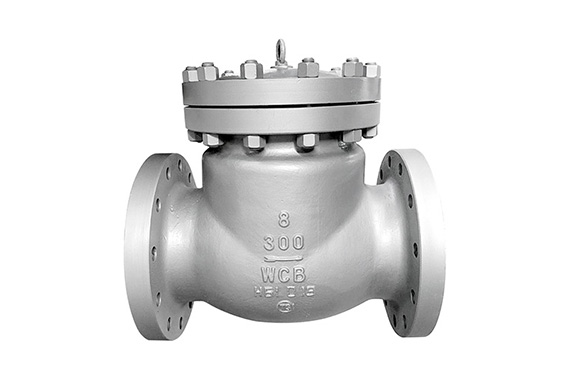Did you know that your car has an idle air control valve? It’s a small device that helps to regulate the engine idle speed. But what happens if it fails? Learn how to bypass the idle air control valve and keep your car running.
How To Bypass Idle Air Control Valve
Here are detailed directions on how to bypass idle air control valve:
- Disconnect the negative battery terminal.
- Open the hood and locate the air cleaner housing on top of the engine. The idle air control valve is located in front of the housing, just below the throttle body.
- Remove the three 10mm nuts from the housing cover and lift it off. Disconnect any electrical connectors that you find under it, then remove it from its mounting tabs at each end of the throttle body (two 10mm bolts).
- Locate the idle air control valve, which is a black plastic box with three hoses attached to it: one small hose going into a large hose, and one larger hose coming out of it with a vacuum line connected to it.
- Loosen but do not remove two 13mm nuts holding down this assembly (one at each end), then disconnect all three hoses from their ports on this valve, as well as any vacuum lines connected to them (one or two). There will be an electrical connector on this assembly as well; leave that in place for now if you can reach it easily without removing anything else first.
- Take your new IACV and connect all three hoses onto their ports on it (the small hose goes into the large port). Tighten down these clamps with a wrench or pliers, but don’t over tighten them! Then connect any vacuum lines you have to attach here if you didn’t already do so earlier; tighten those clamps down firmly as well but don’t over tighten them either! The electrical connector should still be in place here; if not, plug that back into its socket before proceeding further or else your car won’t start until you get that reconnected!
- Now take your new IACV and position its mounting bracket onto its mounting tabs at each end of your throttle body (two 10mm bolts). Make sure that all three hoses are properly positioned around this bracket before tightening these two bolts down securely—you may need to move things around a little bit here so they fit right! If everything looks good here, tighten these two bolts down securely using your 10mm socket & ratchet/wrench or whatever combination tool you prefer using for this task (I use my Craftsman 1/4″ drive ratcheting wrench ). Don’t over tighten these bolts though—just tighten them up firmly enough so they won’t loosen up again later when driving around town!
- Replace the air filter housing cover and secure it using the three 10mm nuts you removed earlier.
- Reconnect any electrical connectors you disconnected from under this housing cover, then reconnect your negative battery terminal.
- Start your car and check for leaks around all of the connections on your new IACV, then recheck to make sure that everything is plugged in properly and working correctly before driving off! If everything looks good here and there are no leaks, go ahead and enjoy a smoother idle on your car now! You may need to reset your idle speed by disconnecting & reconnecting the battery if it’s not sitting at its normal idle speed after you start up your car (this is common).
What happens if you remove the idle air control valve?
The idle air control valve is responsible for regulating the engine’s idle speed. It does this by adjusting the amount of air that flows into the engine when the throttle is closed. If the valve becomes clogged or damaged, it can cause the engine to idle erratically or stall. In some cases, it may also cause the engine to run rough or misfire. Removing the idle air control valve can therefore have a negative impact on engine performance. In some cases, it may even cause permanent damage to the engine. As such, it is generally not recommended to remove the idle air control valve unless absolutely necessary.
How do I know if my idle air control valve is working?
If the idle air control valve is not working properly, the engine will either idle too high or too low. In some cases, it may even stall. To check whether the idle air control valve is working properly, you can simply start the engine and let it idle for a few minutes. If the engine speed fluctuates or stalls, then there is likely an issue with the idle air control valve. In most cases, a faulty idle air control valve will need to be replaced.








